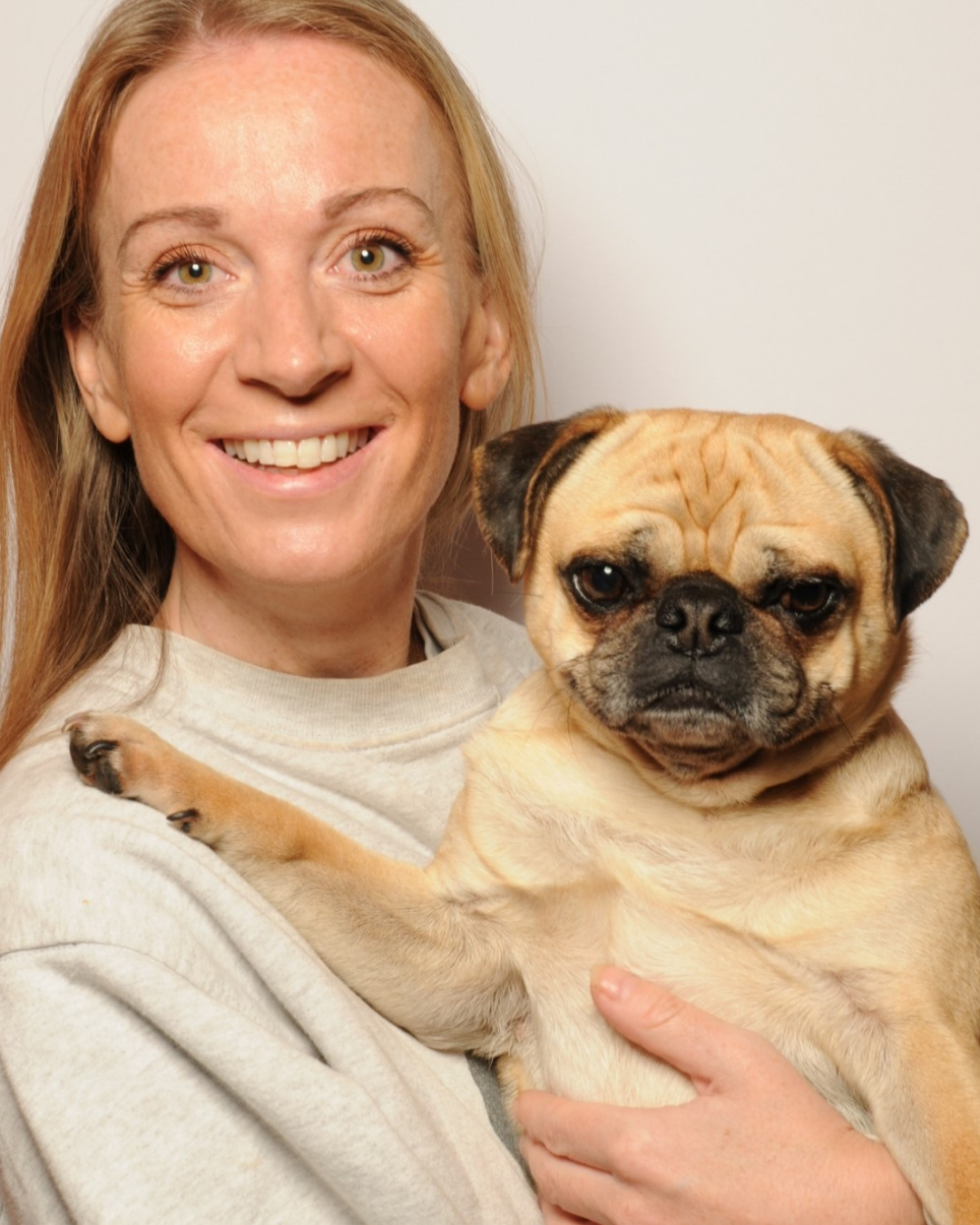If you have ADHD, you know that even the most beautiful, Pinterest-perfect space can become a daily battle zone. It’s not about how a home looks — it’s about how it works for the way your brain processes, stores, and reacts to information.
Traditional interior design often focuses on aesthetics first, but for neurodivergent minds, function is everything. A space that flows with your rhythms can help you focus, feel calmer, and even boost self-trust. A space that constantly fights you — with complicated systems, clutter traps, or visual overload — will drain your energy and keep you stuck in a cycle of frustration.
Let’s break down how to design a home that supports effortless flow, not friction — so you can spend less energy managing your environment, and more energy living your life.
1. Simplify Visual Input
ADHD brains are highly sensitive to stimuli — colour, pattern, mess, even small out-of-place objects. Too much visual input is like leaving 25 browser tabs open in your mind.
✅ Try this:
-
Keep everyday surfaces as clear as possible
-
Store clutter behind doors or in labelled baskets
-
Choose soothing, neutral base colours and add just a few energising accents
Visual calm creates mental calm. The less your eyes have to process, the more your focus can rest.
2. Use “Clarity Zones”
Think of these as designated areas where things always belong. ADHD makes it easy to forget where things go, or to become overwhelmed by decision-making.
✅ Try this:
-
Set a basket by the door for keys/wallet
-
Have a “drop zone” tray for random bits (receipts, sunglasses, lip balm)
-
Anchor work or hobby tools in a consistent place
When your brain doesn’t have to wonder where things live, you free up energy for bigger priorities.
3. Choose Easy-to-Reset Systems
If putting things away feels complicated, they’ll never get put away. ADHD thrives on simple, friction-free routines.
✅ Try this:
-
Open bins instead of lidded boxes
-
Hooks instead of hangers
-
Shallow drawers instead of deep cabinets
A system that takes two seconds to reset is one you’ll actually use — which means less clutter and more peace.
4. Design for Movement
ADHD isn’t just about focus — it can also bring restlessness. A home that supports gentle movement can help burn off energy and regulate your nervous system.
✅ Try this:
-
Create a small yoga/stretching nook
-
Keep resistance bands or a balance board nearby
-
Leave enough open floor space to pace or fidget
Movement isn’t a distraction; it’s a regulation tool. Your home can honour that.
5. Use Visual Anchors
While clutter can be overwhelming, intentional visual anchors can ground you. A carefully chosen cue can remind you of a priority or spark motivation.
✅ Try this:
-
A vision board in your workspace
-
A simple checklist on a wall
-
A framed affirmation by your bedside
One clear visual anchor is worth more than 10 sticky notes lost in a drawer.
6. Prioritise Emotional Safety
Many people with ADHD carry shame or stress about feeling “messy” or “chaotic.” Design your home as a judgment-free space.
✅ Try this:
-
Ditch perfectionism — done is better than perfect
-
Pick furniture that can handle a little wear and tear
-
Give yourself permission to adapt systems whenever they stop working
Your home should feel like an ally, not another critic.


